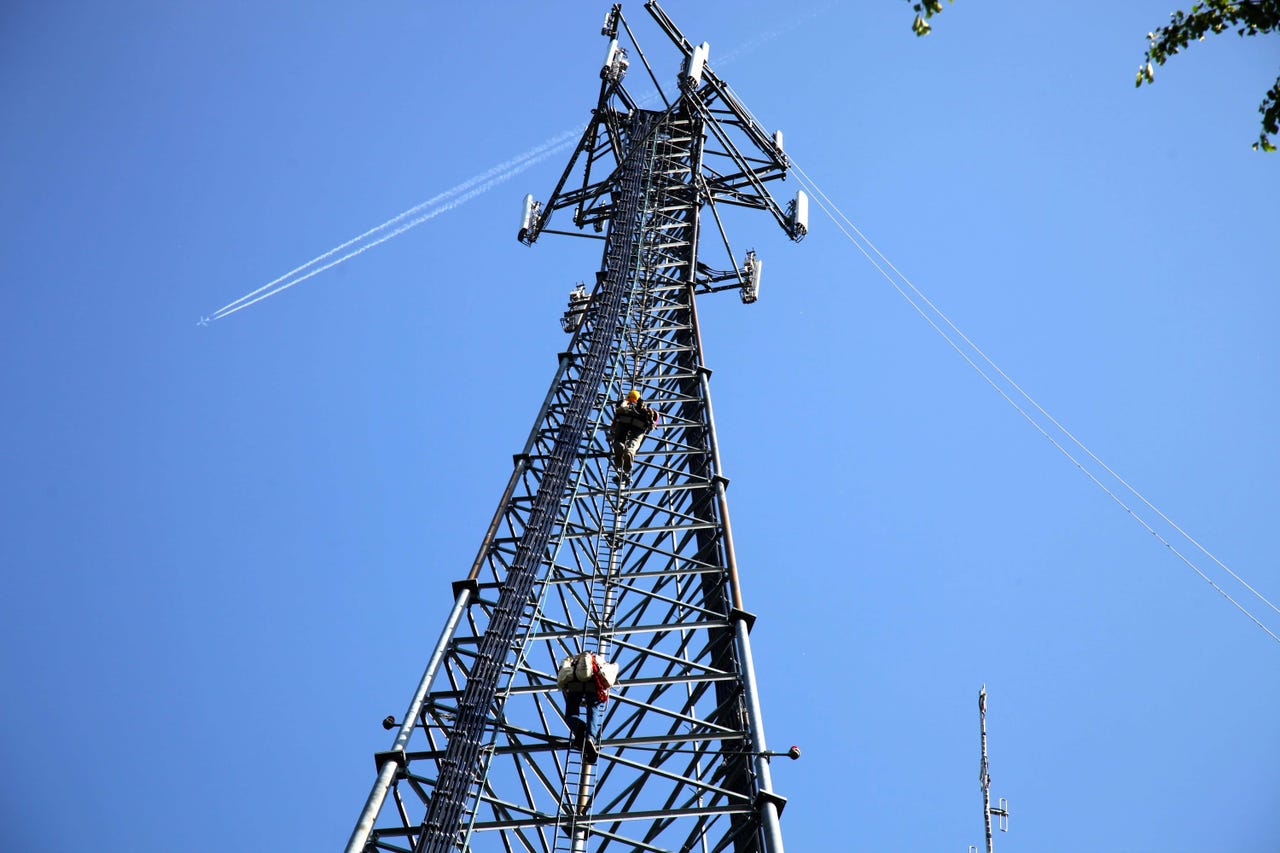FBI wants cops to recreate evidence because cell tracking tech is too secret


(Image: file photo)
The FBI has told a local police department that the use of so-called "stingray" cell site equipment is so sensitive that any intelligence collected must be recreated by other means before it's presented at trial.
The recently-disclosed document, dated September 2014 and obtained by Oklahoma Watch, a non-profit investigative journalism outlet, details the requirements that local law enforcement must abide by as part of their use of the shadowy cell-site gathering equipment.
These devices, so-called "stingrays" or cell-site stimulators, are the worst-kept secret in US policing. Stingrays are considered to some law enforcement agencies as the crown jewels for some investigations, given the amount of data they can provide for little effort. They can fit in the size of a suitcase, but have the ability to pinpoint the location of a cellphone within just a few meters by imitating a cell tower. Some devices can collect the contents of calls.
Little is known about how the technology works -- so little in fact that the collected data often can't be presented in court without disclosing how it was collected, in part thanks to strict non-disclosure agreements between the stingray's maker and those who use it.
But the advice from the FBI to local law enforcement officials on recreating the data is said to be new.
From the document: (emphasis ours):
"Information obtaine through use of the quipment is "for lead purposes only," and may not be used as primary evidence in any affidavits, hearings or trials. This equipment provides general location information about a cellular device, and your agency understands it is required to use additional and independent information about a cellular device, and your agency understands it is required to use additional independent investigative means and methods... that would be admissible at trial to corroborate information concerning the location of the target obtained through this equipment.
In other words, once they use a stingray to get the evidence, they have to find that same evidence another way.
This so-called use of "parallel construction" isn't new. Federal prosecutors have for years relied on highly-sensitive information from intelligence agencies to bring suspects to trial, but had to recreate how they reach those conclusions by other means because court cases are a matter of public record.
Disclosing the use of stingrays would violate the non-disclosure agreement. Many cases have been dropped to prevent disclosing the use of the technology.
The Drug Enforcement Administration, for example, would regularly receive tips from the National Security Agency, but in order to seek prosecution would be instructed to find ways of finding the evidence necessary to push for trial elsewhere.
It's thought 42 law enforcement agencies in 17 states own stingray technology, according to the American Civil Liberties Union.
(via The Intercept)